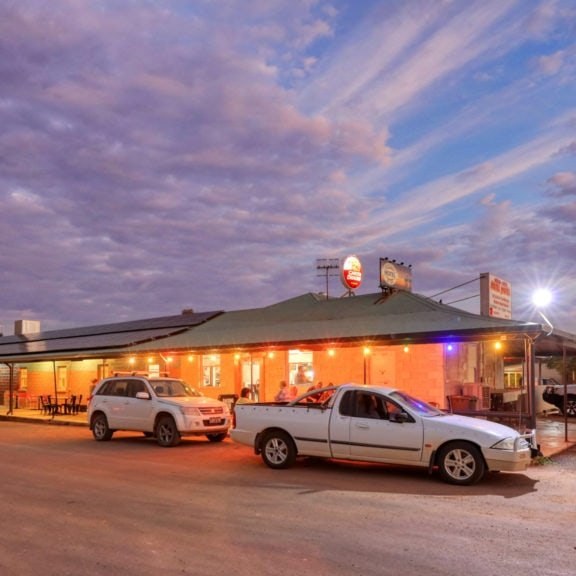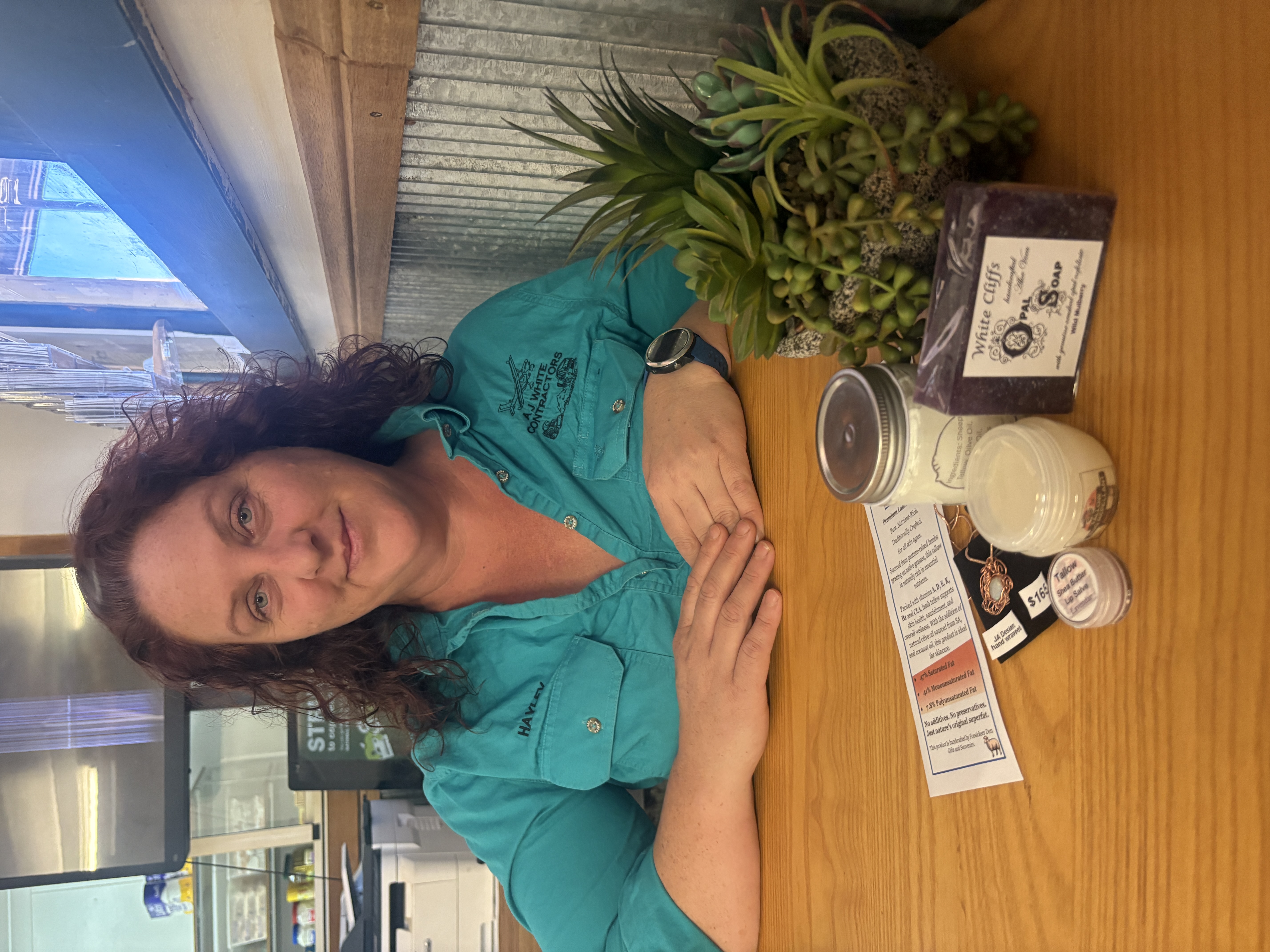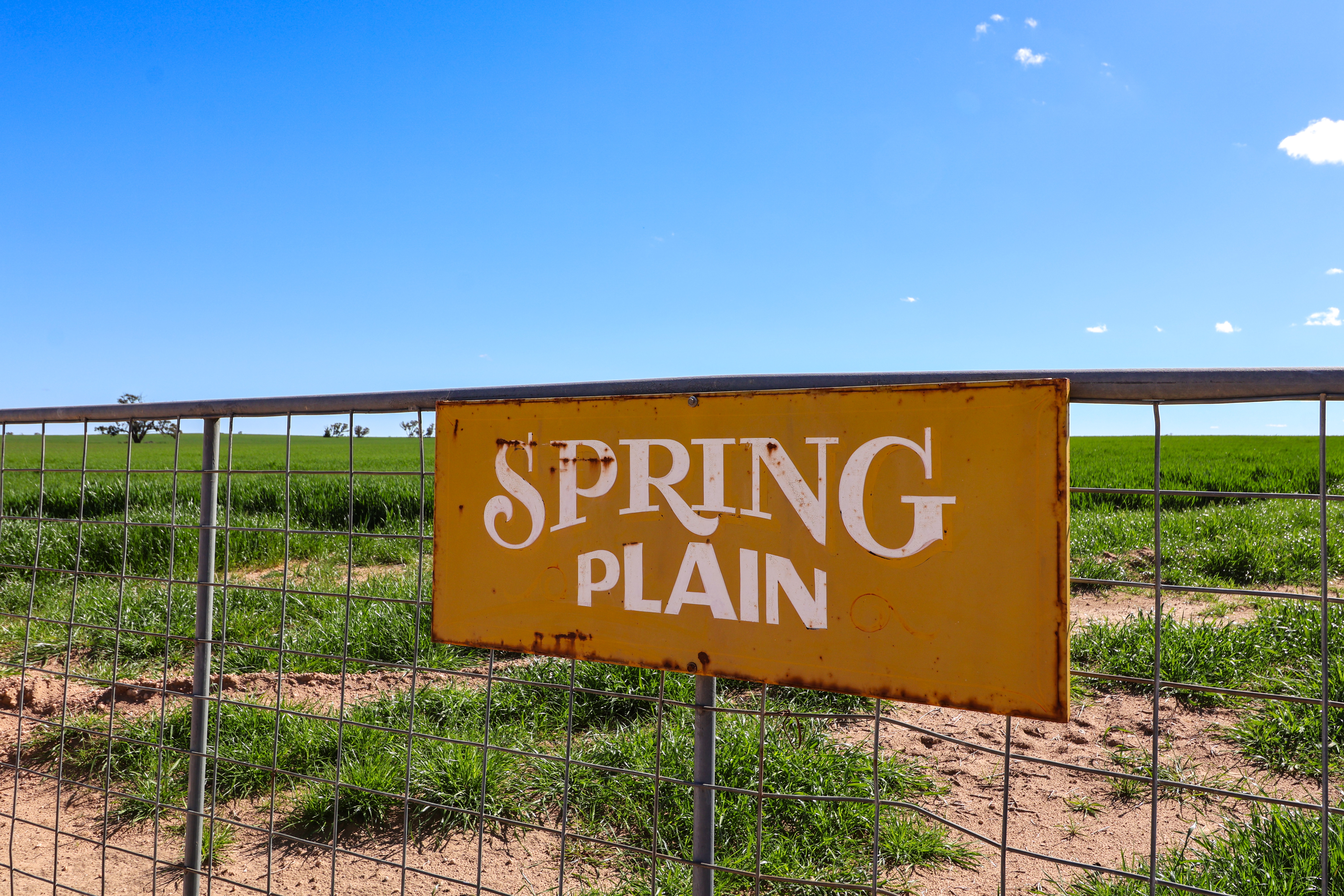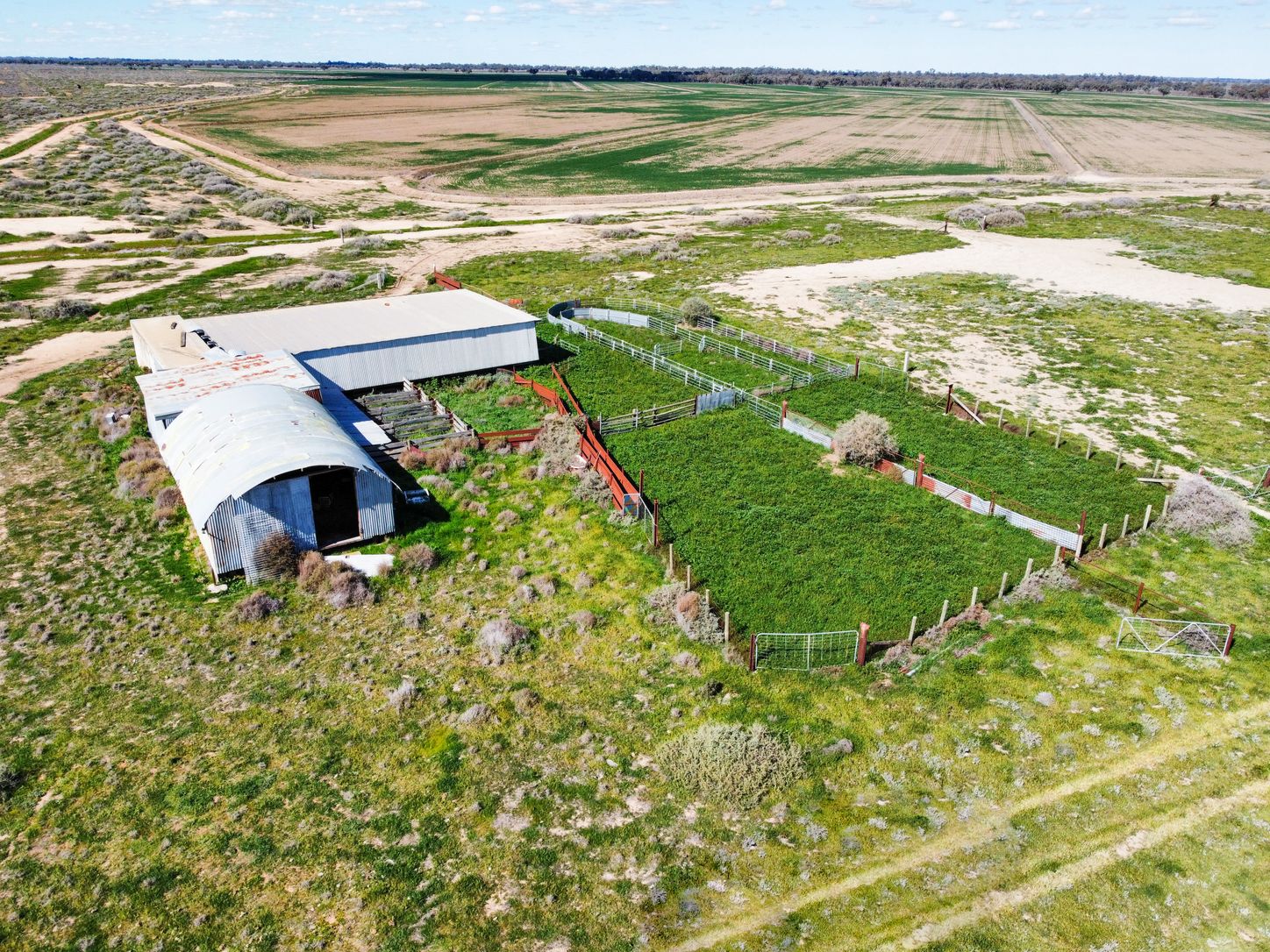New $36 million drought preparedness program launched for regional Australia
08 November 2025, 10:00 PM
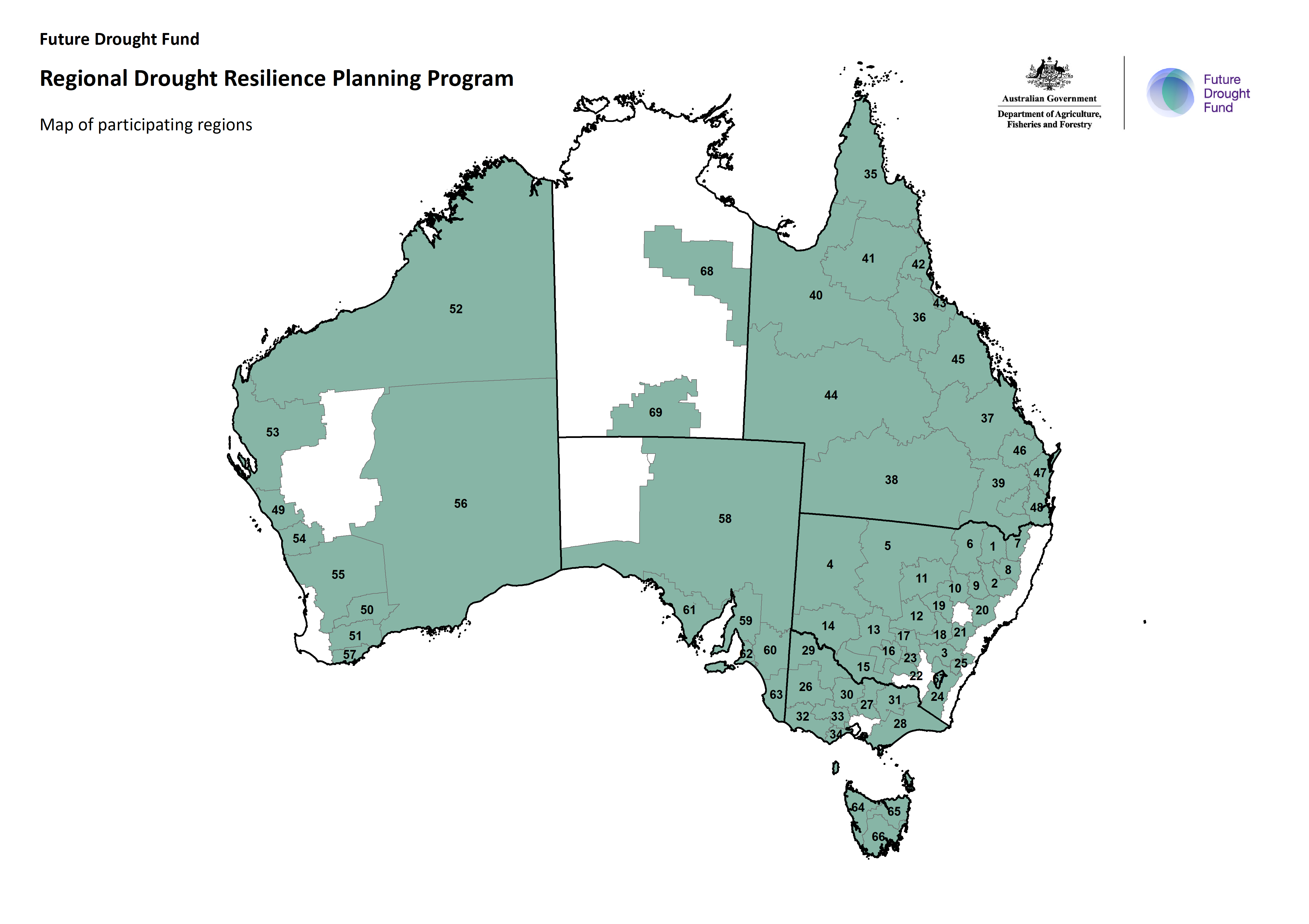
Remote, rural and regional communities across Australia will receive $36 million in support over the next three years through a new drought preparedness program announced by the Foundation for Rural & Regional Renewal and the Australian Rural Leadership Foundation.
The Future Drought Fund's Communities Program, funded by the Australian Government, aims to empower people in agriculture-dependent communities to prepare for drought by building and maintaining their social resilience. The initiative was announced earlier this year by the Honourable Julie Collins, Minister for Agriculture, Fisheries and Forestry.
FRRR Chief Executive Officer Natalie Egleton said the program recognises that remote, rural and regional communities already possess a strong foundation of resilience shaped by their experiences with drought and other disasters. However, she emphasised that communities want to be less reactive and better prepared for inevitable dry times.
People in agricultural regions understand better than anyone that drought is inevitable and often isolating, Ms Egleton explained. The challenge is that drought can also impact the ability of community organisations to support people and provide services during challenging times.
The program will offer a mix of grants and capacity building activities, including leadership development, with funding available across three main grant streams as well as national mentoring and additional capacity building activities. Two of the grant programs opened for applications on 5 November 2025, whilst planning is underway for a third stream to launch in early 2026.
Small Network Grants of up to $50,000 each are available to locally-based not-for-profit organisations in 314 Local Government Areas across the country. These grants can support activities that strengthen professional, social or community networks, host community events, run training workshops, upgrade small-scale community infrastructure or facilitate professional, personal or leadership development. A total of $3 million is available through this stream, with around $1 million available per funding round.
Regional Drought Resilience Plan Social Outcome Grants are specifically designed to bring to life social resilience activities and projects already outlined in existing regional drought resilience plans. Available in up to 50 eligible regions, these grants can support similar activities to the Small Network Grants, with a maximum of $100,000 available per region over the life of the program. In total, $5 million will be available through this stream, with around $2 million in the first round.
Ms Egleton said the key to the program's success is that it is driven from the ground up, recognising that building community networks, increasing collaboration, sharing skills and knowledge, or improving community infrastructure will look different in every community.
The aim is for people to be better skilled, informed, connected and resourced so that they can draw upon these strengths in times of drought, she said. For community groups, this preparedness work will enable them to have greater capacity and access to the right resources and support that their communities need, when they need them.
In addition to organisational grants, individuals in any agriculture-dependent community can apply to participate in a National Mentoring Initiative delivered by the Australian Rural Leadership Foundation. Participants will be paired to share experiences, perspectives and knowledge in a supportive virtual environment, with 12 sessions offered over 12 months.
ARLF Chief Executive Officer Matt Linnegar said the most powerful resource in any rural community is its people, and the program is about bringing together those who have weathered the worst of drought with those preparing for what lies ahead.
The program is not about creating a one size fits all solution to prepare for the next dry season, Mr Linnegar explained. As an organisation with deep roots across regional and rural Australia, ARLF understands that what works for one community may not be suitable for another. The focus is on empowering local leaders to find appropriate local solutions for their region.
Mr Linnegar emphasised that the initiative is about more than just drought. It is about building the kind of leadership that lasts, grounded in community, shaped by experience and ready for the future.
The program will also include a Community Impact Program offering integrated support for 12 regions. Locally-based not-for-profit organisations within each region will work collaboratively with FRRR and a facilitator to design and agree upon a series of community driven projects that will help local communities be better prepared for drought.
Each of the 12 regions can access grants of up to $150,000 to fund projects identified in a community roadmap, with a total of $900,000 available in each region. Leadership activities delivered by ARLF will complement the grants, designed to strengthen the leadership capabilities of communities to build individual and community drought resilience.
Over the coming months, FRRR and ARLF staff will meet with organisations in each region and begin planning the engagement process, which will take place in communities early next year. Applications for grants to support agreed initiatives will open in July 2026.
The Future Drought Fund's Communities Program builds on previous initiatives including the Helping Regional Communities Prepare for Drought Initiative, the Networks to Build Drought Resilience program and the Drought Resilience Leaders program.
Further information about the program and eligibility criteria is available at frrr.org.au/funding/fdf-communities, whilst those interested in the National Mentoring Initiative can learn more at rural-leaders.org.au/national-mentoring-initiative.
NEWS
SPORT
RURAL
COMMUNITY
COMMERCIAL PROPERTY






